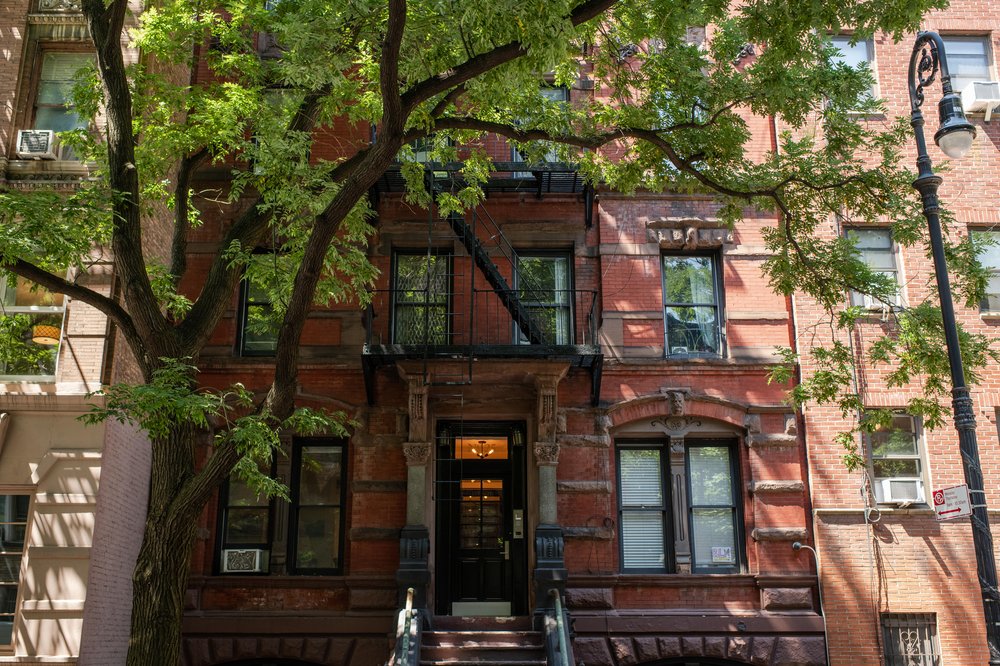Federal court upholds NY rent stabilization laws, setting up possible Supreme Court showdown
Feb. 6, 2023, 12:25 p.m.
Landlords challenging the rent stabilization system want the U.S. Supreme Court to hear their case.

New York City’s rent stabilization system is safe for now, after a federal appeals court on Monday upheld laws capping rent increases and limiting evictions on roughly a million apartments citywide.
The Second Circuit Court of Appeals affirmed the decades-old rent stabilization laws in response to two related court challenges from landlord trade groups and a collection of property owners seeking to dismantle the tenant protections.
Those plaintiffs, led by the Community Housing Improvement Program and the Rent Stabilization Association (RSA), sued the city and state arguing that the rent stabilization laws violate the Constitution’s “takings clause” by forcing owners to cap prices for their personal property while limiting their ability to legally evict tenants.
But the Second Circuit judges referred to U.S. Supreme Court precedent and prior decisions to strike down each argument against the 54-year old stabilization system, which was strengthened by state lawmakers in 2019.
“All in all, as with previous versions, the [Rent Stabilization Law] ‘regulates land use rather than effecting a physical occupation,’ the judges wrote, citing previous decisions. “The case law is exceptionally clear that legislatures enjoy broad authority to regulate land use without running afoul of the Fifth Amendment’s bar on physical takings.”
The landlords say they will next try to get the U.S. Supreme Court and its conservative majority to weigh in.
“We always expected these issues to be decided by the Supreme Court and are confident we will ultimately prevail, and finally compel leaders around the country to create real and fair solutions for our nation’s housing challenges.” said Kimberly Winston, a spokesperson for CHIP and RSA.
The two rulings were cheered by tenants’ rights groups, including some who intervened in court to counter the landlords’ claims.
“This is a great victory for tenants,” said Ellen Davidson, a staff attorney with Legal Aid’s Civil Reform Unit. “Tenants who may have heard about these rent law challenges and been nervous should be comforted by the fact that the Second Circuit… has, in a very thorough and thoughtful decision, upheld the rent laws.”
The rent stabilization laws, first enacted in 1969 and altered over the years, restrict annual rent increases for certain apartments and force owners to offer a lease renewal in most cases. A nine-member Rent Guidelines Board picked by the mayor sets the rate of increase and voted last year to let landlords raise rents on one-year leases by 3.25%.
The 2019 Housing Stabilization and Tenant Protection Act, or HSTPA, tightened protections for tenants and ended a rule that allowed owners to deregulate tens of thousands of units once the monthly rent reached a certain threshold, allowing them to charge whatever they wanted.
HSPTA also eliminated a so-called “vacancy bonus” that let landlords hike rents by 20% when a tenant moved out or was evicted, and capped rent increases based on apartment renovations.
Those stricter measures supercharged opposition to rent regulation, culminating in five lawsuits before the appellate court.
In its rulings, the Second Circuit judges cited a litany of legal challenges to rent stabilization brought by landlord groups over the past five decades. “Each of these challenges failed,” they wrote in one decision.
The judges wrote that rent stabilization laws were “enacted to permit low- and moderate-income people to reside in New York City — when they otherwise could not afford to do so.”
“It is beyond dispute that neighborhood continuity and stability are valid bases for enacting a law,” they added.
In a footnote, the judges cited an argument from city lawyers who said even a small increase can be “catastrophic” for low-income tenants.
But the judges also said that the rent laws can limit landlord income.
“When permissible rent increases are outpaced by operating cost increases, the result may be a reduction or, in some cases, the elimination of net operating income,” they wrote. “We acknowledge that some property owners may be legitimately aggrieved by the diminished value of their rent-stabilized properties as compared with their market-rate units.”